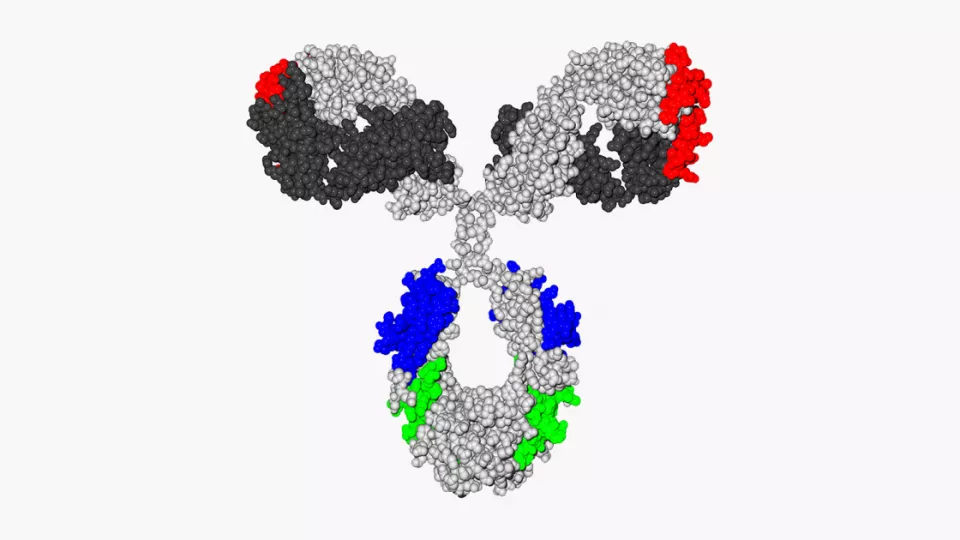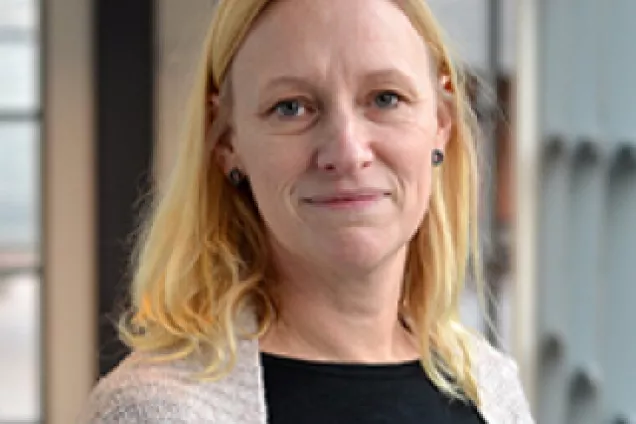Antibody drugs are the fastest growing class of drug, and several therapeutic antibodies are used to treat cancer. They are effective, often have few side effects and benefit from the body's own immune system by identifying foreign substances in the body. By binding to a specific target molecule on a cell, the antibody can either activate the immune system, or cause the cell to self-destruct.
However, most antibody drugs used today have been developed against an antibody target chosen beforehand. This approach is limited by the knowledge of cancer we have today and restricts the discovery of new medicines to currently known targets.
”Many antibody drugs currently target the same molecule, which is a bit limiting. Antibodies targeting new molecules could give more patients access to effective treatment”, says Jenny Mattsson, doctoral student at the Department of Hematology and Transfusion Medicine at Lund University.
Another route - that pharmaceutical companies would like to go down - would be to search for antibodies against cancer cells without being limited to a pre-specified target molecule. In this way, new, unexpected target molecules could be identified. The problem is that this method (so-called “phenotypic antibody development”) requires that the target molecule be identified at a later stage, which has so far been technically difficult and time-consuming.
”Using the CRISPR-Cas9 gene scissors, we were able to quickly identify the target molecules for 38 of 39 test antibodies. Although we were certain that the method would be effective, we were surprised that the results would be this precise. With previous methods, it has been difficult to find the target molecule even for a single antibody”, says Jenny Mattsson.
The research project is a collaboration between Lund University, BioInvent International and the Foundation for Strategic Research. The researchers' method has already been put into practical use in BioInvent's ongoing research projects.
”We believe the method can help antibody developers and hopefully contribute to the development of new antibody-based drugs in the future”, concludes Professor Björn Nilsson, who led the project.


